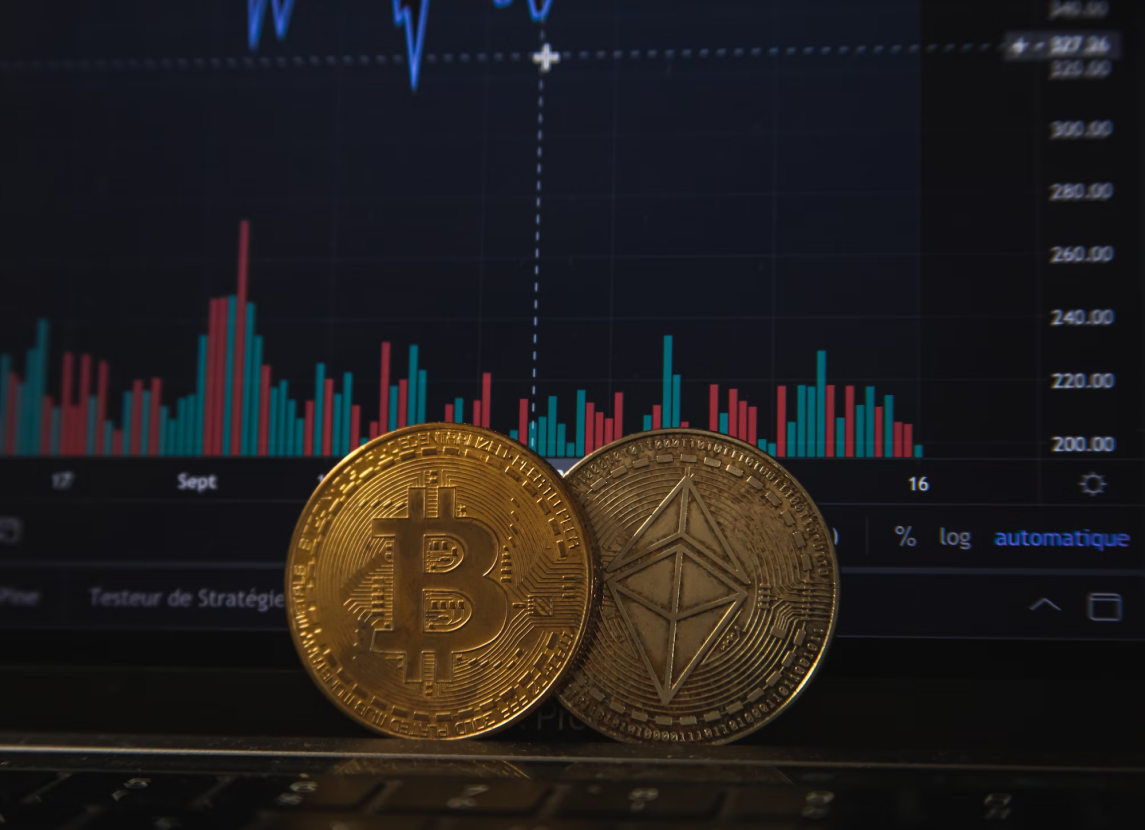ECB president Christine Lagarde says their 2% inflation target is ‘in sight’

Christine Lagarde says 2025 could finally be the year the European Central Bank (ECB) hits its long-elusive 2% inflation target. “We’ve made significant progress in 2024 in bringing inflation down,” she said, adding that the ECB is sticking to its strategy to stabilize inflation sustainably at that goal.
The road has been anything but smooth though. Inflation dipped below 2% last September, only to climb again in recent months. Lagarde has warned about these fluctuations but insists the ECB’s plan is working.
Interest rates have already been cut four times in quarter-point steps, and economists expect another four cuts by June. 2025 is actually gonna be a packed year for the ECB, with projects ranging from a digital euro to redesigned euro-area banknotes.
Inflation forecasts: Chaos to control
Inflation in the Eurozone has been like playing darts blindfolded. Lagarde laid it all out in her December 16 speech: predictions were wildly inaccurate from 2022 to 2023. ECB staff relied on machine learning models, which revealed that uncertainty around inflation forecasts was four to five times higher than usual.
And it wasn’t just bad luck. Incoming data kept proving the projections wrong. So in September 2022, the ECB hit reset. The risk of inflation expectations spiraling out of control was too high, so they set a hard timeline for hitting 2%.
Public confidence was the goal—no more moving the finish line. It worked. By late 2023, six consecutive forecasts showed inflation returning to target in 2025. Even better, the projections are now far more reliable. Lagarde pointed out that uncertainty levels have dropped back to pre-pandemic norms.
Real data backs this up. Inflation forecasts for 2023 became more accurate, especially for headline inflation. Core inflation projections caught up in 2024, while household surveys and market indicators showed inflation expectations at around 2% for the next three years.
What’s behind the numbers?
From surging energy prices to supply chain chaos, each disruption has lingered, making inflation harder to control. These aren’t short-term hiccups—they’ve been structural challenges.
To tackle this, the ECB leaned on a framework with three focus points: the inflation outlook, the dynamics of underlying inflation, and how well monetary policies are working.
Here’s the result: measures of underlying inflation—what’s driving the long-term trend—have now narrowed to historical averages. Most indicators sit between 2% and 2.8%, a range Lagarde takes as a good sign.
The ECB’s Persistent and Common Component of Inflation (PCCI), a key metric, has stayed solidly at 2% since late 2023. Still though, some numbers are stubborn. Domestic inflation, largely driven by services, is higher—hovering around 4%.
Lagarde pointed to repricing earlier in the year as the culprit but noted a steep drop in inflation momentum for services. Wage growth is also cooling off. The ECB’s wage tracker shows wage growth sliding from 4.8% in 2024 to an expected 3% in 2025, a level that aligns with their 2% inflation target.
What’s keeping policymakers up?
Then there’s the economy. It’s keeping Lagarde and her crew up at night. Growth forecasts for the Eurozone keep shrinking. Back in June 2023, the ECB expected the region to grow by 1.5% in 2024. That’s now down to just 0.7%. A big part of the problem is weak domestic investment.
Households, despite rising real incomes and high employment, are saving more than they’re spending. Lagarde called this a hangover from high inflation in past years.
Geopolitical uncertainty is another wildcard. If the United States, the Eurozone’s largest export market, leans into protectionism under President Trump, growth would likely take a hit. On top of that, European exporters are vulnerable to changes in global trade confidence, making this a double-edged sword for the policymakers.
From Zero to Web3 Pro: Your 90-Day Career Launch Plan
Will 2025 be the year Ethereum (ETH) finally reaches a higher price range?

Ethereum (ETH) ended 2024 with prices under $3,400, failing even the mid-range predictions of trading above $6,000. The asset still gained around 43% in one of the best years for crypto growth but failed the expectations for breaking to new all-time highs.
Ethereum (ETH) is indispensable to the crypto space, providing a network with enough adoption among developers and Web3 projects. Additionally, ETH is widely traded and inspires confidence for both centralized traders and DeFi users. On the first day of the new year, ETH traded at $3,338.80, recently losing its $3,400 support level. While ETH remains in a predictable range, the lack of a breakout remains worrying.

Research by 10X suggests ETH may be stagnating, preparing for another year of trading in a range. The price action for the past three years was often called consolidation, but it may also signal Ethereum’s failure to become the future of crypto.
The past year once again raised questions on why Ethereum seems to outperform on most metrics, but the ETH market price remains stagnant relative to Bitcoin (BTC) and lags behind hotter trends like memes and AI agents.
Solana (SOL) expanded by 82% net in the past 12 months after a series of corrections. While SOL is also growing slower compared to other assets, it still gained some ground against Ethereum. The chain’s biggest achievement was growing its DEX volumes after the meme token and AI agent boom.
Ethereum is mostly used for passive income
While Ethereum is still selected for Web3 activities, it has lagged behind some of the latest trends. The reason is that despite the Dencun upgrade and lowered fees, it may still be prohibitively expensive to perform fast swaps. For retail users, Ethereum fees may cut into earnings while also adding the danger of sandwich attacks.
For those reasons, Ethereum has become the playground of whales, who use the network for passive income. After mining is removed, up to 28% of the supply of ETH is staked. The idle ETH is off the market and has given rise to protocols like LidoDAO.
Multiple whales use ETH as a tool to earn 2.8% in annualized passive income while holding for the long term. Some of the ETH staked is at a cost basis under $2,000, and many early ETH whales have no incentive to sell. More than 60M ETH were created after the ICO, while miners produced 49.7M ETH. The recent staking validators have produced a net 2.6M ETH, with an annual inflation of 0.57%.
ETH from the ICO or older holdings may also be used to support new projects and crypto startups. The token is also locked in the form of WETH, spreading to DeFi lending protocols and even to Solana.
Despite this, Ethereum seems to have lost the battle for mainstream adoption, as casual Web3 users move to Base or Solana for cheaper transactions.
Ethereum still has to solve the issue of L2 data
One of the reasons for Ethereum’s success is that the network is still indispensable to L2 chains. However, the balance between L1 and L2 was still imperfect. After the Dencun upgrade in March 2024, L2 found it extremely cheap to secure their transactions onto Ethereum blocks.
It took months for L2 chains to see an increase in blob fees. Currently, L2 chains aim to pay optimized fees and change their posting schedule if blob prices start rising.
This also creates problems for Ethereum users. Recently, data showed that Arbitrum may be using the same block space as regular users. When blob fees rise too much, Arbitrum switches to calldata, competing for block space with all other ETH users. Instead of scaling Ethereum, Arbitrum’s L2 is actually making the chain more expensive to use.
In 2025, Ethereum experts demand new scaling attempts, where the main L1 network itself becomes cheaper and faster to use. While L2 works as a scaling solution, it also hurts Ethereum’s performance and drives down its direct adoption. At the same time, most L2, with the exception of Base, remain too obscure and difficult for mass adoption.
A Step-By-Step System To Launching Your Web3 Career and Landing High-Paying Crypto Jobs in 90 Days.



